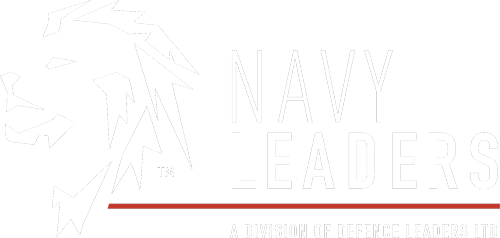Navy Wraps First Unmanned Surface Deployment to WESTPAC
)
The Navy completed its months-long unmanned battle problem in the U.S. Pacific Fleet this week, as several of the unmanned surface vessels arrived home in California.
Ghost Fleet Overlord prototypes USVs Mariner and Ranger, Medium USVs Sea Hunter and Seahawk, and staff with Unmanned Surface Vessel Division One have been testing the vehicles’ concepts of operations with the numbered fleets since August as part of the PACFLEET-directed Integrated Battle Problem 23.2.
“Integrated battle problems are going to be a consistent drum beat,” Cmdr. Jerry Daley, the commanding officer of Unmanned Surface Vessel Division One, told reporters in a Tuesday call.
“They’re not all going to look and feel like this deployment of medium slash large unmanned surface vessels, but they will continue to be focused on addressing specific warfighting capabilities in development that if they’re ready for this level of operations, testing, and experimentation, to validate CONOPS and develop them.”
During its time conducting fleet operations, the four USVs sailed more than 46,000 nautical miles, according to a U.S. Navy news release, allowing USVDIV to test the vessels’ continuous navigation.
Much of the transits, including the longer ones, were “almost exclusively in … autonomous mode,” or without a human manually controlling the platforms from aboard the USVs, Daley said.
The team used both an unmanned operations center in Port Hueneme, Calif., and staff aboard U.S. Navy destroyers to control the vessels autonomously.
The platforms operated with U.S. Navy and Marine Corps assets, in addition to allies in the region like Japan and Australia.
By testing the CONOPs with the operators, the squadron can provide feedback to Congress and requirements officers about what worked and what did not work during the battle problem, Daley said.
“The one benefit of having an OUSV to test medium and large capabilities is that we have a broad brush stroke of space onboard Ranger and Mariner to not just test the capabilities that we have today, but find out if the right size and form factor exists in the current stage and where it could be applied, whether it’s to small, medium or large USV, and what the sort of balance between the three form factor sizes allows us to execute in a program of record replication or expanding, or proliferating of these types of assets and sensors,” Daley said during the call.
The deployment of USVDIV-1 provided mountains of data for engineers working on developing unmanned surface systems for the service, Capt. Scot Searles, the program manager for unmanned maritime systems, said during an overview of the deployment last week at the annual Surface Navy Association symposium.
“We need to do these things in other areas in the world than where we’ve currently been operating. Getting west of the International Dateline is super valuable to us on the [research and development] side as we’re trying to develop the technology,” Searles said.
The Western Pacific’s rough seas and vast distances provided a stress test for the autonomous systems. Searles grouped the systems into three broad categories – autonomous systems, command and control and communications links, and hull, mechanical and engineering systems.
Overall, during the deployment the service found that the USVs could operate for about two weeks at a time without human intervention to troubleshoot in one of the three system categories, he said.
For example, the civilian mariners aboard the ships that act as a safety buffer had to deactivate the autonomy systems 13 times throughout the transits for safety reasons.
"Only six of those 13 issues were described as concerns without autonomy was handling your ship. The other interventions were due to things like rough seas or concerns with some other system on the vessel,” Searles said. “We’re having to actually have a human step in and correct the autonomy less than one time per month.”
The deployment also tested sustaining the unmanned ships across the vast distances in the Pacific.
The Western Pacific deployment “gives us opportunities to stress test processes like sustainment planning and execution,” Searles said.
“That logistics tail gets under a lot of stress when you go that far away. Mid-deployment voyage repairs? How do you plan for that with an unmanned vessel?”
Wrapping up nearly six months in the Pacific, the Navy is now combing through terabytes of data to refine the ongoing development of the Navy’s planned large unmanned systems.
“The deployments provided data that’s going to keep us busy for a while. We’ve got a good backlog of things to work on now, but it’s also given us a very good fix that we’re pretty happy about,” Searles said.
Read original article here.
